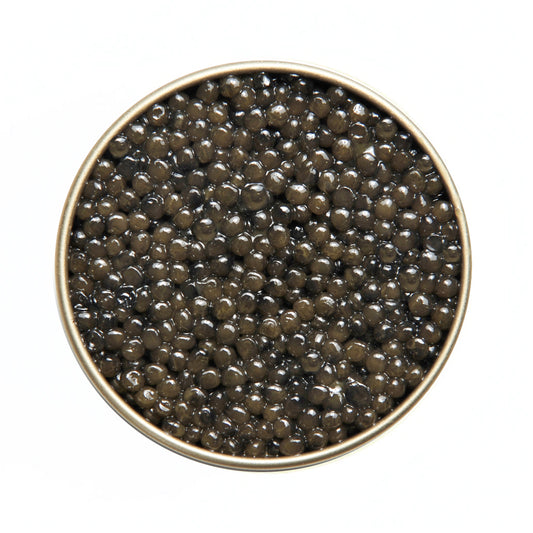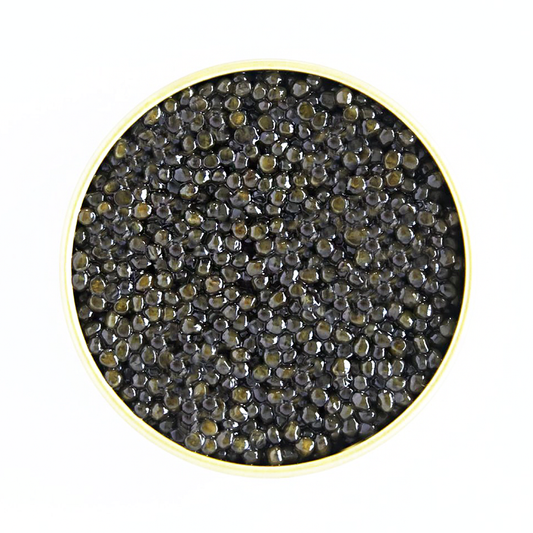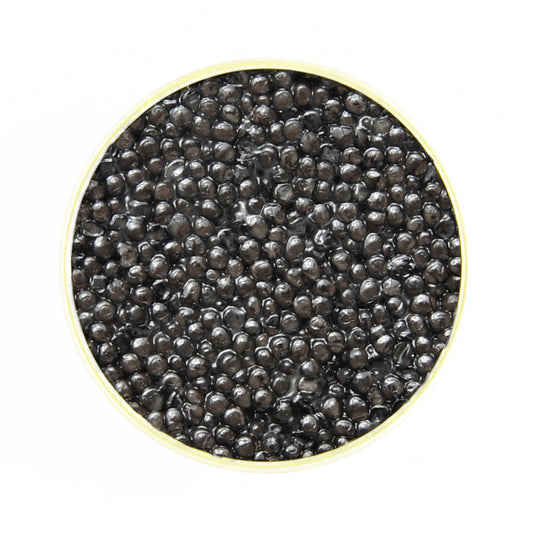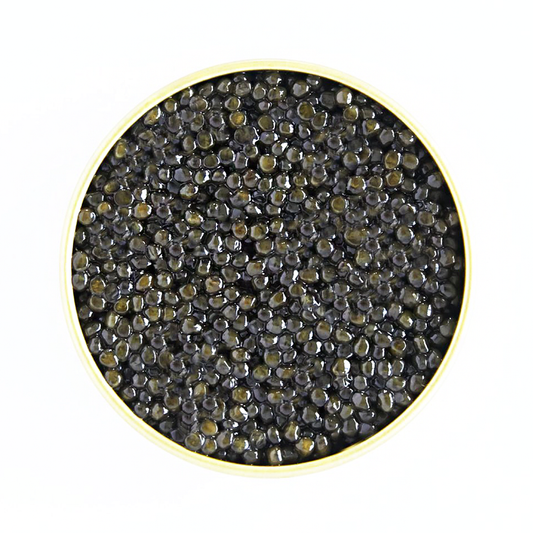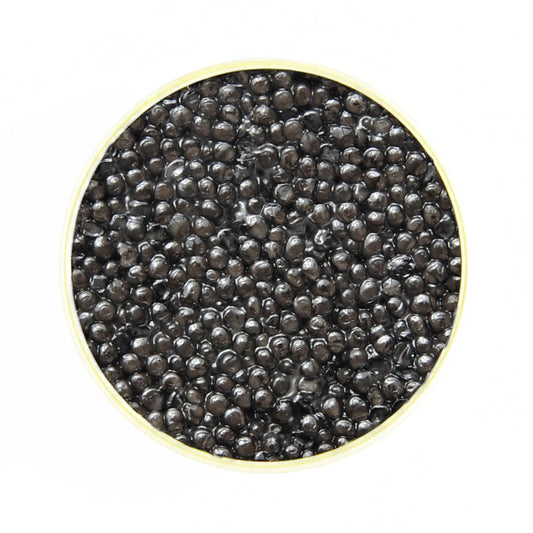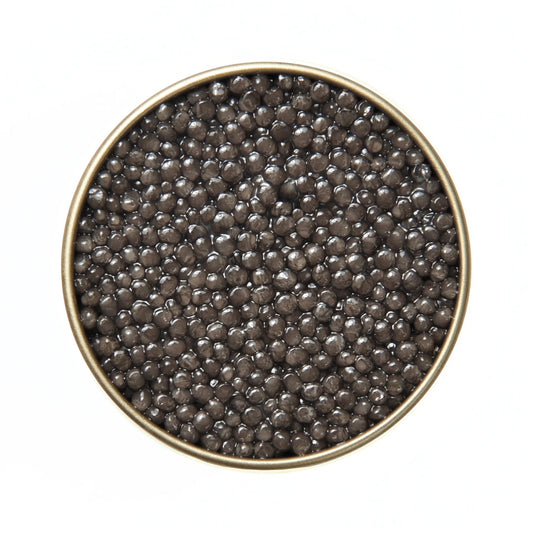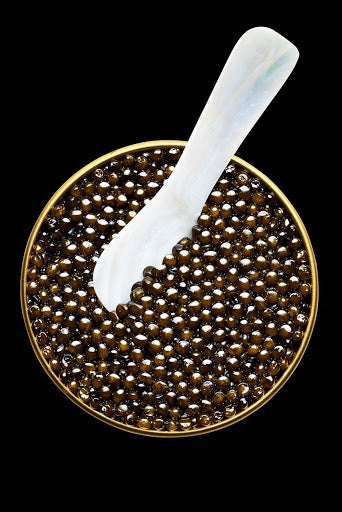
Caviar serving guide:The Traditional Tasting Methods
Caviar is a dish a lot of people are intimidated by. Not only does it evoke images of luxury and royalty, but it is also surrounded by an air of mystery with regards to how it is best to enjoy this delicacy. With a few things to keep in mind, though, the process is quite straightforward, and often the first taste test can lead to a life-long fascination with this treat.

What Is Caviar?
Caviar refers to salt-cured roe, that is, the egg-masses of fish. Traditionally, it only used to refer to the roe of species belonging to the Sturgeon family (Acipenseridae), but nowadays caviar is also made of roe from other fish like salmon or trout.
There are a lot of varieties of caviar that differ significantly in taste and value. A basic differentiation is that between "fresh" and pasteurized caviar, the latter being of lesser worth. The method by which the caviar is obtained also influences its value. While roe can be acquired by killing the fish, it can also be gained by massaging it out of the fish, which is, of course, more difficult and time-intensive and thus more valuable.
High-quality caviar will taste mostly briny and salty, whereas caviar of lesser quality has a more distinctly fishy taste.

The Traditional Tasting Methods and Its Benefits
Enjoying caviar and savouring its taste is something that is achieved with patience and focus. Do not chew caviar, you will lose a large part of the flavour and sensory experience. Instead, use your tongue to explore the shape of the beads. In this way, you get to enjoy the buttery taste of fish fat. Take small bites to enjoy the flavour in small increments instead of overwhelming your tastebuds. You should not eat more than two teaspoons of caviar per serving to properly appreciate this luxurious product.
When eating caviar in this way, unaccompanied and in small amounts, you can focus on its distinct notes and relish in the subtle differences of different varieties.

How to Serve Caviar?
When serving and eating caviar, it is important to use non-metallic bowls and cutlery, including those made of silver and gold. Articles made of metal would react with the salt that is used to cure the roe, oxidate, and give the caviar an unpleasant metallic taste.
Serve caviar in a small non-metallic bowl inserted into a larger bowl that is filled with crushed ice. It should not be allowed to warm up to room temperature since the aroma would collapse, but when it is served chilled it has a very refreshing effect on your palate.
Allow at least 1/2 ounce per person, but not more than two ounces. Caviar can be eaten from small spoons made of glass, wood, bone, or stainless steel. When you want to go the truly traditional way, you can purchase special caviar spoons made of mother-of-pearl.
Since serving caviar is also a matter of visual presentation, you might want to invest in an aesthetically pleasing set containing a bowl to serve the caviar in, and a vase for chilling the smaller bowl.
In the case that you serve several varieties of caviar, they should be eaten in order of intensity of flavour, starting with the mildest.

What to Serve with Caviar?
It is often said that it is best to serve caviar alone to fully enjoy its taste, especially when it comes to really expensive varieties, but some accompaniments have proven to enhance the experience. A classic way that does not take away from the taste of caviar is to serve it with crackers or on toast with unsalted butter. If you want to go the traditional Russian way, use blini instead, small pancakes made from buckwheat.
For a flavourful combination that does not take anything away from the experience of caviar, you can also add minced onions and creme fraiche to your blinis or crackers.
Due to their mild and creamy taste, hard-cooked eggs, especially quail eggs, also work well with caviar.
When it comes to drinks, it is recommended to serve caviar with a small glass of chilled vodka to enhance its pure and fresh taste. If you are not a vodka kind of person, you can also make your choice among wines and champagnes that go well with its saltier flavours.



